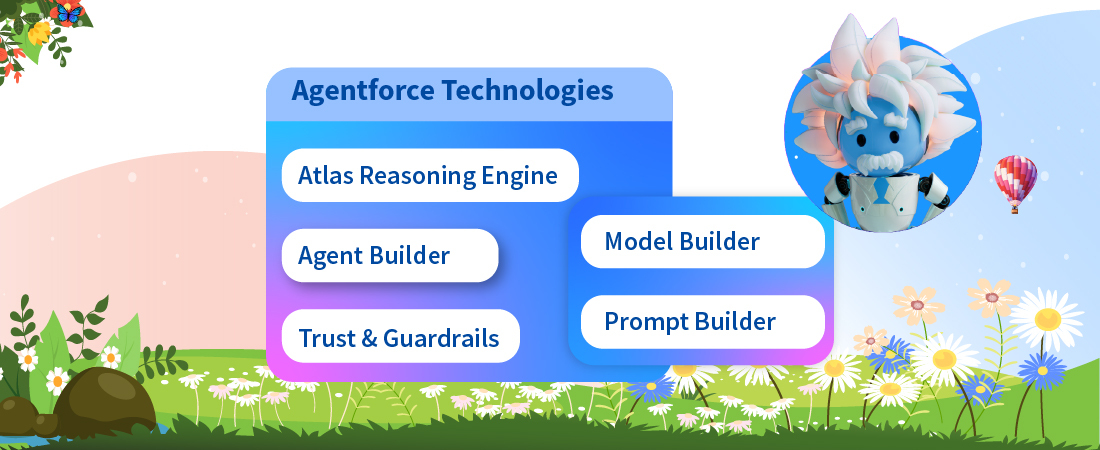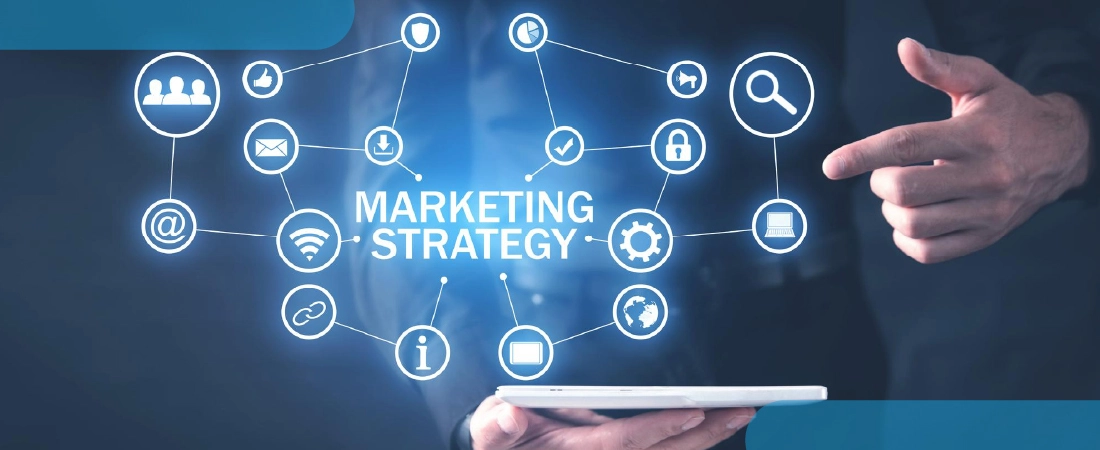Over the past few weeks, enterprises have been acutely aware of their responsibilities as well-being takes precedence over the Continuity-Of-Business. Businesses have been affected, particularly tourism, food production, and exports. Life and business have upended by the unprecedented Pandemic.
Hard Times - The situation so far
It’s been 66 days since the viral sequence started(that is, at the time of writing this), and US officials described it as the highest single-day jump in death-toll. The number now stands at 85. (It pains us to say this, but indications show those numbers might increase by the time you read this article).
How Salesforce is holding up
Benioff insists that reserves and the company’s business model are strong enough to withstand fluctuations in bookings. In his own words, he stressed that 93% of Salesforce’s revenue was deferred and how multi-year subscription contracts were key to their accounting.
Though, in its filing to the US Securities and Exchange Commission, it admits that it might be affected by external factors like weaker global economics overall and pointed out that wary spending on IT by prospects could also affect customer retention and on-boarding. It adds that the hardware supplies needed to keep up third party computing dependencies may also cause disruptions in service, inviting warranty claims.
Later on 16th March, Benioff also penned a letter apprising all stakeholders of the situation on hand and the steps being taken.
What’s changed for Salesforce - and smaller vendors
For Salesforce
At the time of writing this, there are
- Strong recommendations to work from home across the globe. That’s roughly 50000 employees worldwide.
- Decisions to hard-close of offices in North America and EME until April, as well as the introduction of relevant ‘office protocols’
- Medical developments being monitored closely
- Deliberations with local governments to protect employees and their families.
- Travel suspensions for cross border travel, and advisories against unnecessary domestic travel.
- Postponed events requiring gatherings of 60 or more people.
- Regular payments to hourly service vendors and interns.
- Donations of 1M and 500K made out to UCSF’s COVID-19 Response Fund and CDC Foundation’s Emergency Response Fund respectively.
- Technologies, especially collaborative ones like Quip Starter, now made available free of cost.
- 4 areas of concern outlined by Salesforce in a filing.
For Smaller Vendors
For the foreseeable future, they won’t be able to showcase products at Dreamin’ events (wait for our updates to the Dreamin’ events calendar). Many businesses have shut down or are operating a shrinking capacity. Effects are expected to trickle down further from a disrupted supply chain all over.
In response, some ISVs have stepped forward in their own ways. Conga, for instance, has offered a disaster recovery and business continuity plan.
Expect to spend more time on Collaboration boards, webcams, and chat rooms in the coming weeks.
Takeaways - Lessons for enterprise
What companies ought to do
Anticipate changes to levels of service and keep clients informed as the situation changes on the ground. Keep them in the loop and apprise them of any disruptions as soon as you can to give them time to prepare fallbacks.
Besides, there’s no better way to inspire confidence in a changing landscape than proactiveness and staying ahead of the decision curve. Some great ways to do this are:
- Exhibiting compliance.
- Running knowledge and health checks.
- Strongly promoting remote work.
- Continuous Assessment.
- Evaluations for all business-related travel
- Prioritizing staff safety over work wherever possible
- Avoiding hot-spots entirely
- Ramping up cleaning and sanitation
- Staying on top of the latest developments, findings, and advisory from WHO.
Things you could do on a personal level
- If this is your first time working remotely, read up on how to work from home and look after yourself during these times. Salesforce’s own publicly-available Trailmix is a great place to start.
- While JFK’s reading of the Chinese script for crises as being comprised of the characters for ‘danger’ and ‘opportunity’ might’ve been a wishful faux pas, the intent still holds. You could use this time to level up. Consider moving up the trailhead ladder.
- Stay even-tempered. Prepare for the worst – by NOT hoarding. Also, there’s no reason you can’t keep the conversation light in chatrooms.
Social Distancing - Flattening the curve
Don’t panic, but work and Communicate Responsibly. Steps you take on an individual level have a bearing on society, especially hospital caretakers and vulnerable groups like the elderly and immunologically deficient.
It’s also a good time as any to finally take a liking to Trailblazer community groups and fight the introvert in you.
These are trying times. And now more than ever, we need to come together to fight misinformation. So you see anything that’s inaccurate here, do write to us at care@hicglobalsolutions.com.
Also, here’s a link to WHOs official page for public advice and information on Covid-19/ Coronavirus/ nCov-19.






